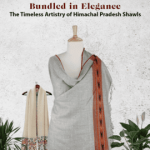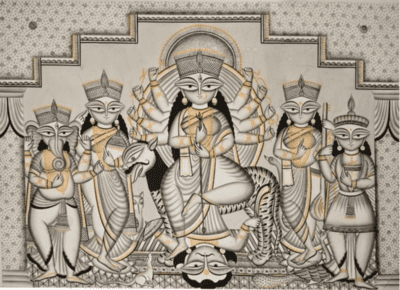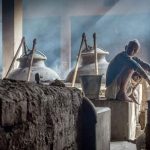
Nestled in the lap of the Himalayas, Himachal Pradesh not only boasts breathtaking landscapes but also holds a secret woven into the very fabric of its culture—the exquisite artistry of Himachali shawls. These time-honored creations are more than just pieces of clothing; they are a reflection of the region’s rich heritage, craftsmanship, and the enduring beauty of tradition. Now think you get these elegant pieces of Himachal Pradesh Shawl at your home!




